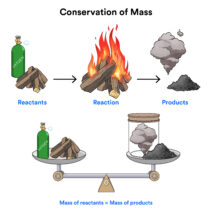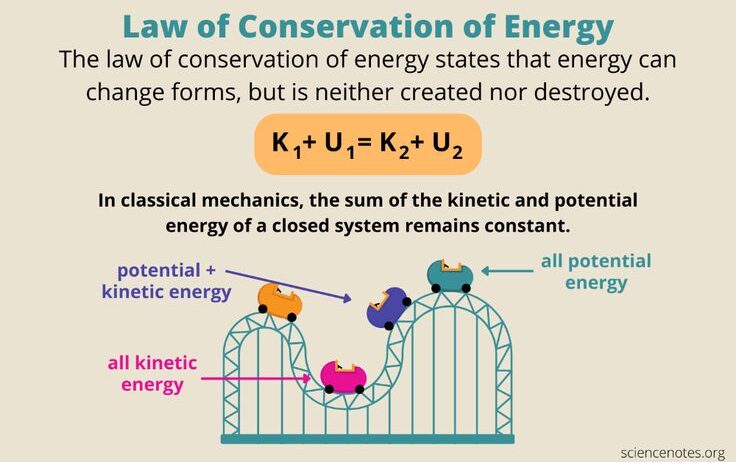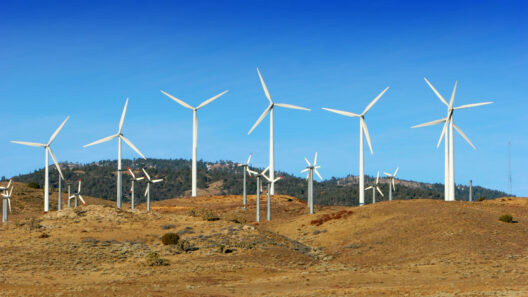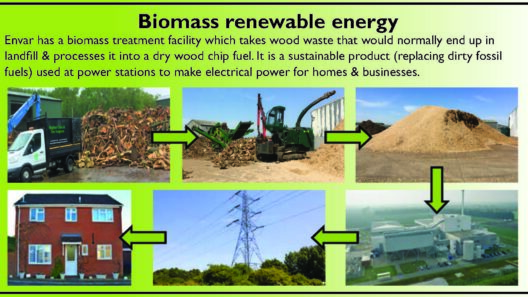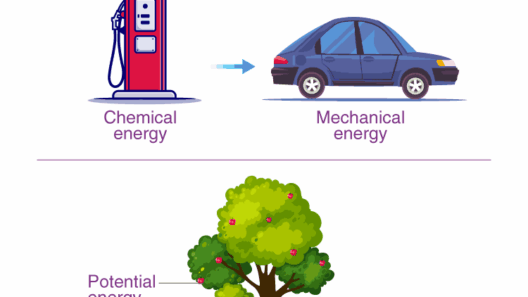The intricate relationship between kinetic energy and the law of conservation of energy has intrigued scientists and enthusiasts for centuries. While both terms are often used within the same context, they refer to different concepts that deserve thorough exploration. This detailed examination will dissect kinetic energy, elucidate the law of conservation, and uncover whether they are, in fact, synonymous or merely related. Understanding these concepts not only enhances a grasp of physics but also reveals profound implications for sustainability and energy use in our modern world.
Kinetic energy, one of the two primary forms of mechanical energy, defines the energy possessed by an object due to its motion. The formula for kinetic energy is straightforward, represented as KE = ½ mv², where m is the mass of the object, and v is its velocity. This relationship illustrates that kinetic energy not only depends on the mass of an object but also significantly on the square of its velocity. Therefore, any increase in speed results in a disproportionately larger increase in kinetic energy. This relationship is observable in everyday life, whether it be the swift movement of a car on a highway or the the rapid spin of a helicopter blade.
To delve deeper, one must consider the concept of potential energy, which is energy stored within an object due to its position or state. For instance, an object elevated to a certain height possesses gravitational potential energy, which can be transformed into kinetic energy when it descends. The interplay between potential and kinetic energy is a fundamental characteristic of mechanical systems, thus exemplifying how energy transitions form the basis of various natural processes and human inventions.
Entering the realm of the law of conservation of energy, we encounter a fundamental principle in physics. This law posits that energy cannot be created or destroyed; rather, it can only be transformed from one form to another. In closed systems, the total energy remains constant despite any energy transformations that occur. This principle has far-reaching implications across numerous fields, including mechanics, thermodynamics, and even cosmology. Essentially, this law underscores the essence of energy balance in all physical processes, from the microscopic interactions of particles to the grand movements of celestial bodies.
While kinetic energy and the law of conservation of energy are interconnected through the concept of energy transformation, it is crucial to delineate their fundamental differences. Kinetic energy is a specific form of energy measured at a certain moment, whereas the law of conservation provides a broader framework governing all energy transitions. Thus, one cannot claim that they are the same. Instead, one can view kinetic energy as a vital aspect within the broader spectrum of energy conservation phenomena.
A common observation that links the two concepts is the transformation of energy observed in a roller coaster system. As the coaster climbs to a peak, it accumulates potential energy. Upon descent, this potential energy converts into kinetic energy, showcasing how energy shifts while adhering to the law of conservation. This cyclical nature of energy transition is not limited to amusement park rides; it is intrinsic to various energy systems in nature and technology.
Diving further, let us consider practical scenarios where understanding kinetic energy and conservation principles can lead to beneficial applications. For instance, in the development of renewable energy technologies, such as wind turbines and hydroelectric power plants, harnessing kinetic energy is essential. Wind energy conversion systems utilize the kinetic energy of moving air to generate electricity, while hydropower depends on the motion of water. Both applications illustrate how kinetic energy can be systematically transformed and used in adherence to the law of conservation, providing a clean, sustainable alternative to traditional energy sources.
Moreover, urban planners and engineers are increasingly incorporating energy conservation principles into transportation systems. By designing vehicles that maximize efficiency—through lightweight materials, streamlined shapes, and regenerative braking systems—energy consumption is reduced, demonstrating a modern application of kinetic energy principles. Here, the law of conservation becomes a guiding philosophy, emphasizing the importance of judicious energy use in an age defined by ecological challenges.
However, fascination with kinetic energy’s role in conservation ventures extends beyond technical applications. One might marvel at how nature showcases these principles through phenomena such as the oscillation of a pendulum or the soaring flight of birds, wherein energy conversion occurs seamlessly. Observing these processes invites contemplation regarding the elegant balance inherent in natural ecosystems and the importance of maintaining energy equilibrium in our anthropogenic landscapes.
In conclusion, while kinetic energy and the law of conservation of energy are not synonymous, they are inextricably linked. Kinetic energy exemplifies a tangible form of energy linked to motion, while the law of conservation serves as a universal decree governing the total energy in a system. Together, they form a foundational understanding essential for advancements in technology and a deeper appreciation of both natural and engineered systems. Therein lies a profound reason for our fascination: the interplay of energy shapes the world around us and directly impacts the sustainability of our future. The challenge remains for society to honor these principles in the quest for innovative solutions that will safeguard our planet.
